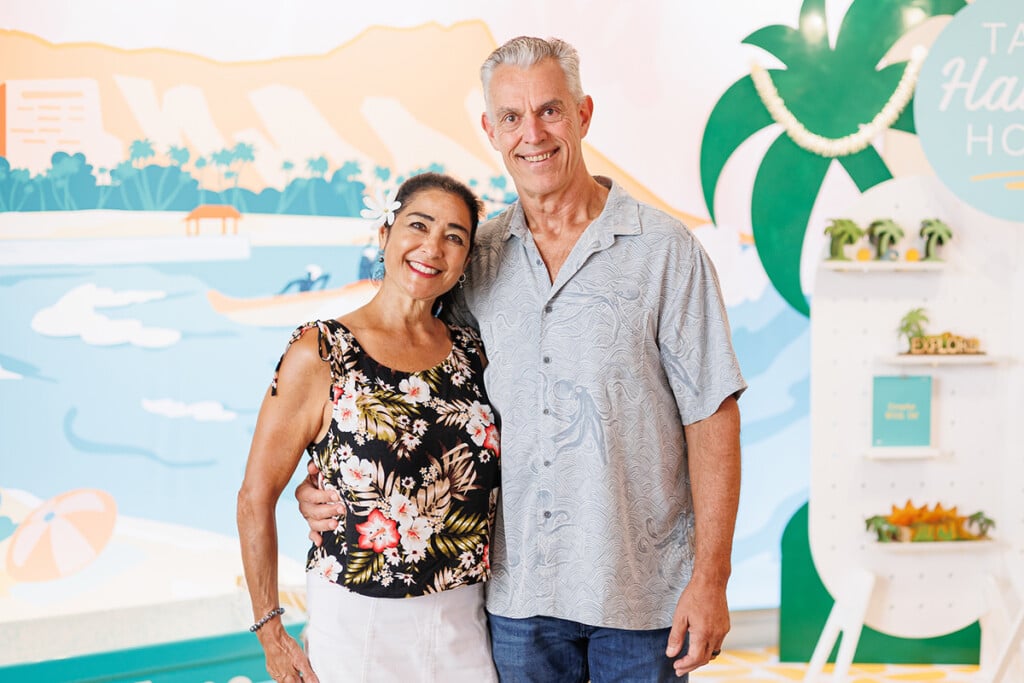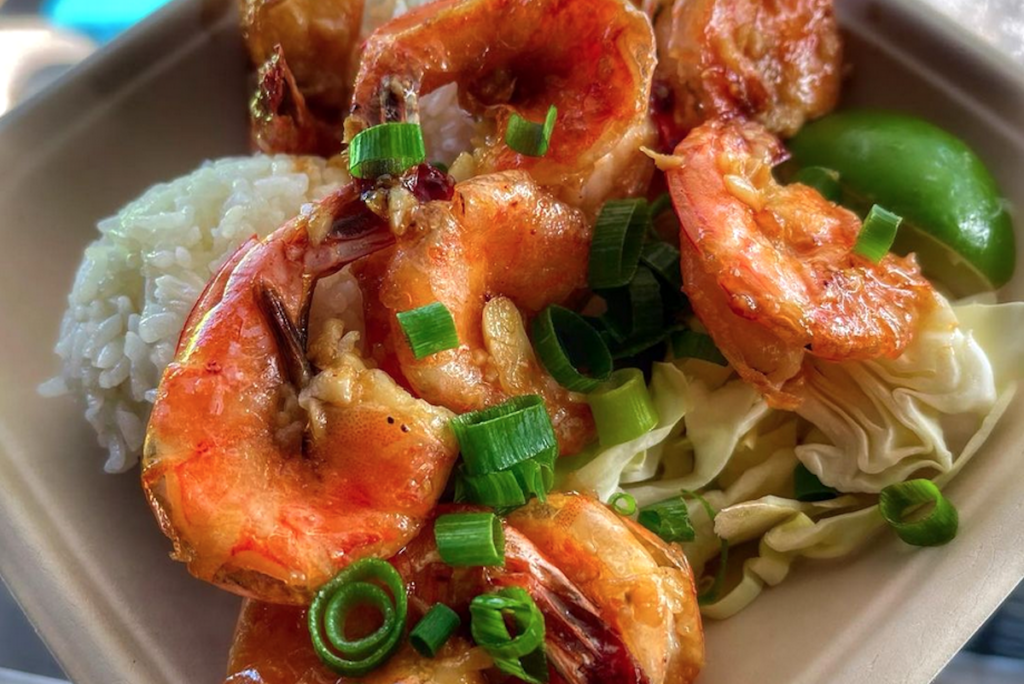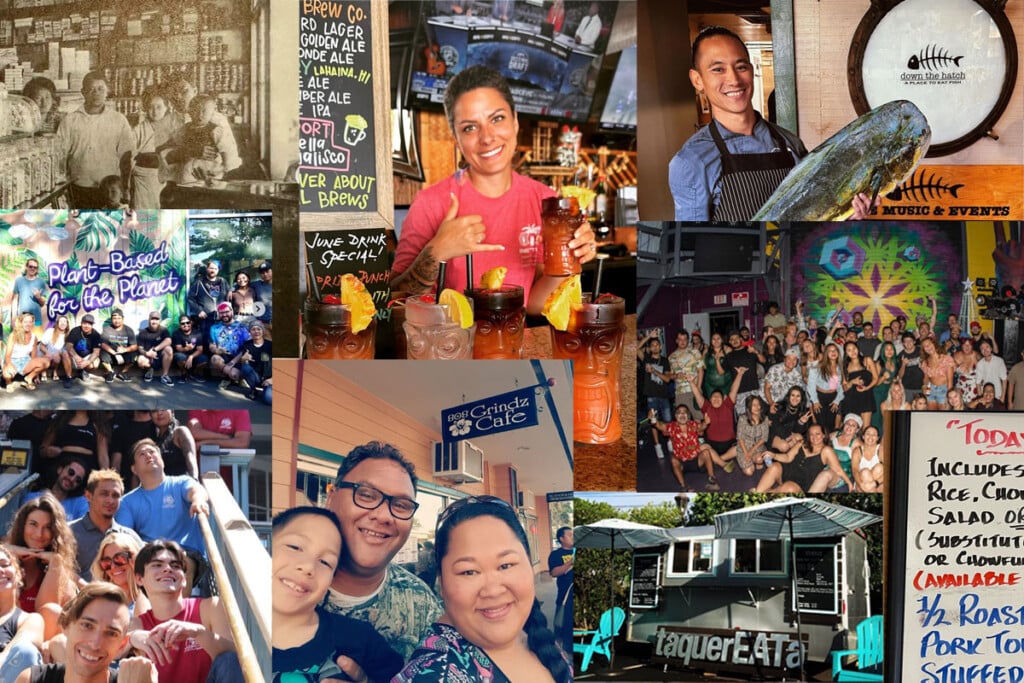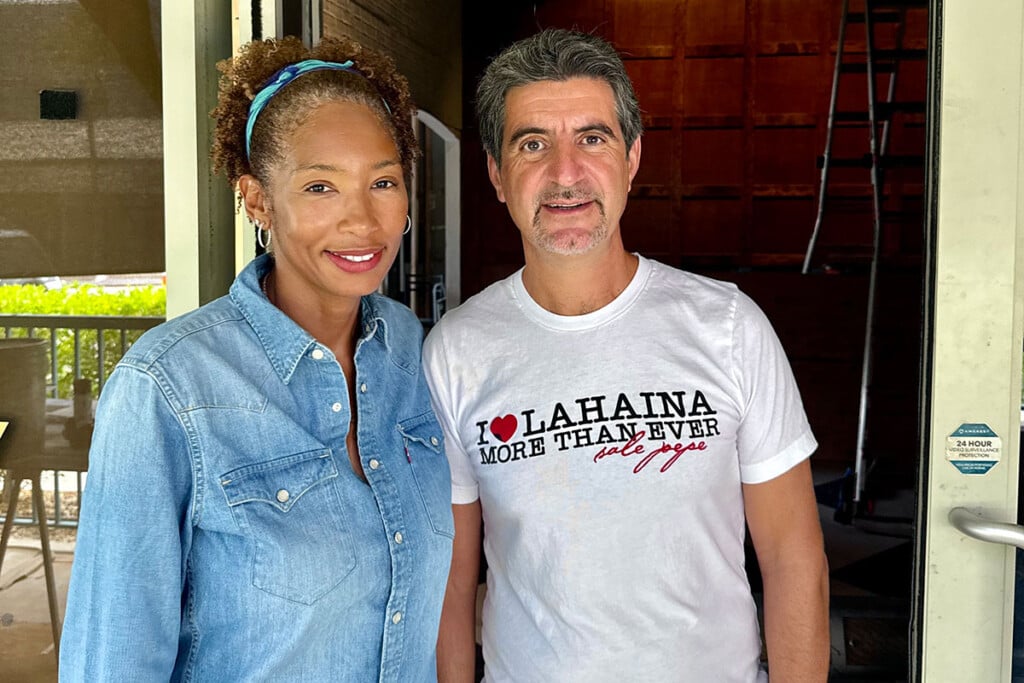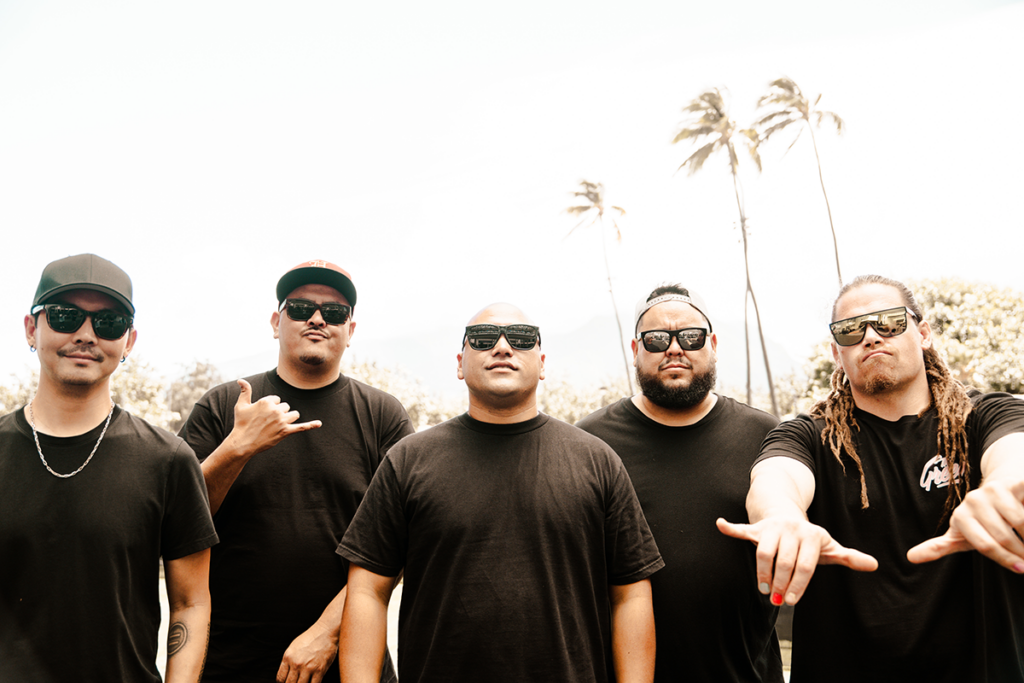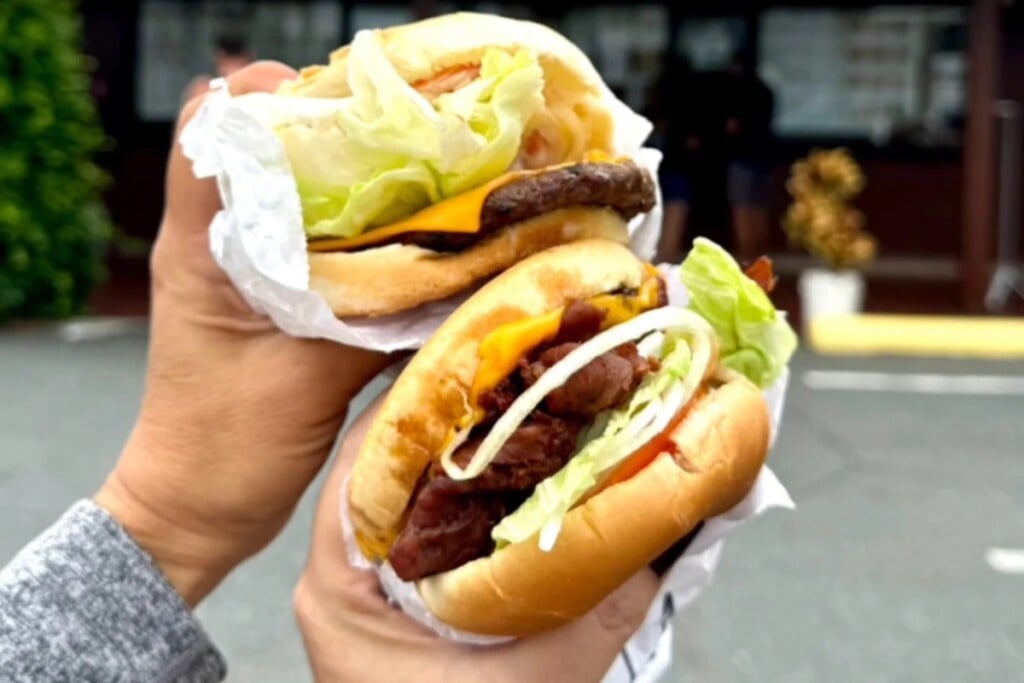The Way Back: “Rooting a New Lahaina”
A longtime ‘ōlelo Hawai‘i teacher vows to rebuild the community using the value of laulima.
Weeks after fires obliterated Lahaina, survivors are grappling with shock and grief. And they’re talking about renewal. Here, a Buddhist priest, a Hawaiian cultural practitioner, a teacher of ‘ōlelo Hawai‘i, and husband-and-wife restaurateurs outline visions that touch the heart of a community.
SEE ALSO:
The Way Back: “This Will Be My Answer”
The Way Back: “The Only Way Out Is to Go Back In”

Photo: Aaron K. Yoshino
The fires came just before the start of the school year. At Princess Nāhi‘ena‘ena Elementary School, Liko Rogers was preparing his classroom for new kindergarteners in the Hawaiian language immersion program. In 25 years, he’s guided more than 500 keiki through the building blocks of ‘ōlelo Hawai‘i. The fires that incinerated his hometown spared the lives of his family but scattered them across the island, just as they scattered teacher and students.
West Maui’s four public schools are clustered in Lahaina, the piko of a geographically isolated community that stretches all the way from Olowalu to Kapalua. This is where Rogers helped plant the seeds of immersive Hawaiian language teaching.
A Detroit native, he arrived on Maui as a teenager and graduated from Lahainaluna High School in 1987. For his foreign language requirement at the University of Hawai‘i at Mānoa, he chose Hawaiian—and became, in his word, woke. Woke to the history and attitudes that “made Hawaiians feel shame about who they were and about their culture and everything about them,” he says. And woke to what he could do about it. Rogers changed his major to ‘ōlelo Hawai‘i and got a teaching certificate.
“There were kūpuna in Lahaina that had the language, but in terms of in the education system, it was not there,” he says. “There are many, many Hawaiians in Lahaina. It was important for me to teach the children the language and culture of where they’re from, so that they know who they are. And when they go out into the world, they view the world from a Hawaiian perspective. That is what is important for us. That their thinking is Hawaiian thinking.”
Back home, Rogers became a key player in Lahaina’s nascent Hawaiian immersion programs. To root the language in students’ homes, at night he taught their parents. Now, with nine full-time teachers, Lahaina’s is one of only two K-12 ‘ōlelo immersion programs on Maui.
Twelve days after the fires, after the state proposed relocating West Maui students to schools without immersive Hawaiian teaching, parents and teachers of Lahaina’s program met to chart its future. All were united: They would seek to rebuild, but not scattered across separate campuses as before. Instead, the idea is to create a cohesive preschool and K-12 program on its own campus (not unlike Ānuenue, a public school in Pālolo Valley on O‘ahu). The kumu of Lahaina have been talking about this for years. At worst it’s a long shot, at best a long-term vision, because mourning, then healing come first.
Here, Rogers stops talking. We’re sitting outside Safeway in Wailuku, where he and his wife are sheltering with his parents. His home and his children’s homes are gone, he’s running between meetings wearing clothes from a friend, with no idea yet where he or his kindergarteners will end up, and his hope is so bright he’s smiling. What will you tell your students? I ask. On the first day of school, through a Hawaiian lens, how will you help them make sense of what happened?
The question makes his smile bigger. Waiting for his answer, I realize he’s looking at the West Maui Mountains, on the other side of which is Lahaina. “I can talk to them about the hardships our kūpuna have faced,” he says. “That no matter what those hardships were, they were able to overcome by living the values of aloha kekahi i kekahi—loving one another—and mālama kekahi i kekahi, taking care of one another. That we are going to rebuild the community using the value of laulima, many hands working together.
“Things I’ll tell the keiki are that our community has always been strong, and their parents and grandparents are fighters. And we’ll be there to ensure that the community is built in a way that when it’s their time to be its leaders, they will be proud of it. It will be a community that is comfortable to them. A community that is their community.”
